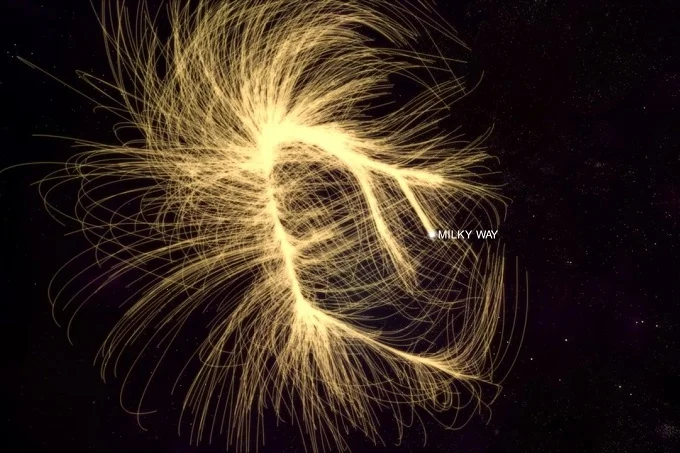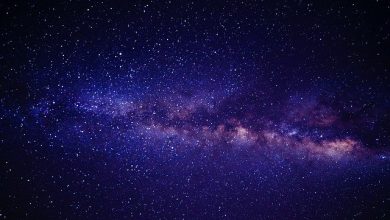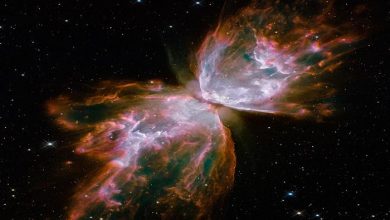What do galaxies revolve around?

In the universe, it so happens that a smaller object almost always revolves around something bigger: the Moon around the Earth, the Earth around the Sun, the Sun around the center of a galaxy. But what about the galaxies themselves? Is there something so huge that can set in motion these titanic formations of billions of stars?
Yes, there is. And for our Milky Way, this something is called the “Great Attractor. We still don’t know exactly what it is, but a number of scientists suggest that it is a supercluster of galaxies, 10^5 times the mass of the Milky Way.
It is located 250 million light years away from us and has an impact not only on our own but also on neighboring galaxies, attracting them to themselves.
In addition to the Great Attractor, other galaxy clusters influence the Milky Way movements, but the speed and trajectory of our home are such that all the data available to scientists is simply not enough to build it into a coherent system.
There are probably other, as yet undiscovered objects that have a gravitational effect on the Milky Way.
By the way, there is also no evidence that our galaxy revolves around anything. At this point, we are simply moving in the direction of the Great Attractor.

The image above shows all the cosmic formations that can have a gravitational effect on our galaxy in one way or another.



